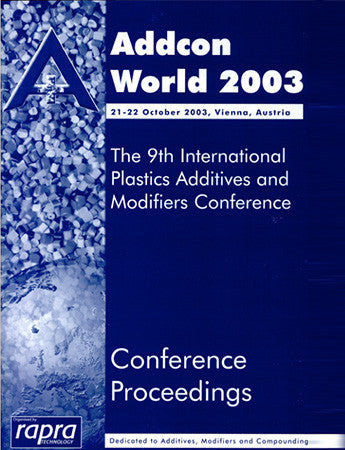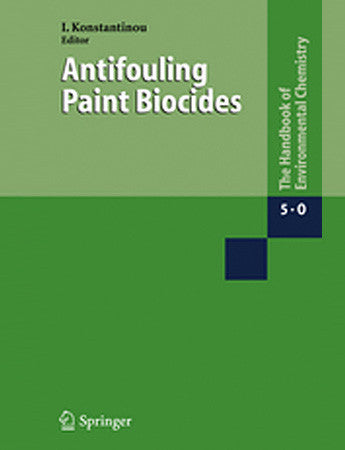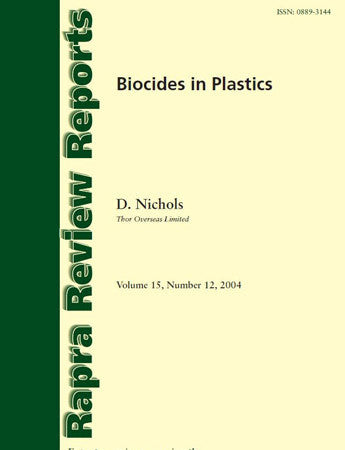Plastic Flame Retardants: Technology and Current Developments
Plastics are increasingly being used in applications where flame retardancy properties are critical. For example, in household appliances, car interiors, cable insulation and computer casings.
The earliest flame retardants comprised vinegar and alum, which were used on wood and textiles. Today there is a much wider range of chemicals available for compounding into plastics materials. This review sets out to describe the types of flame retardants available, mechanisms of action and uses.
There are many new regulations being issued on health, safety, and the environment. These have affected the flame retardant industry and influence the choice of the chemical in many applications. There has been particular concern about the use of brominated chemicals, and this report briefly discusses the environmental benefits versus the possible environmental effects of these materials.
New chemicals are being developed to improve the flame retardancy of plastics materials and these are outlined here. One of the most promising new substances is the class of polymer-clay nanocomposites, which can substantially improve performance at low levels of addition.
This review provides a clear overview of the state-of-the-art of flame retardancy for plastics. It highlights the new developments and the potential problems with the legislation, together with the benefits to end users of protection from fire hazards.
This review is accompanied by around 400 abstracts from papers and books in the Rapra Polymer Library database, to facilitate further reading on this subject. A subject index and a company index are included.
The earliest flame retardants comprised vinegar and alum, which were used on wood and textiles. Today there is a much wider range of chemicals available for compounding into plastics materials. This review sets out to describe the types of flame retardants available, mechanisms of action and uses.
There are many new regulations being issued on health, safety, and the environment. These have affected the flame retardant industry and influence the choice of the chemical in many applications. There has been particular concern about the use of brominated chemicals, and this report briefly discusses the environmental benefits versus the possible environmental effects of these materials.
New chemicals are being developed to improve the flame retardancy of plastics materials and these are outlined here. One of the most promising new substances is the class of polymer-clay nanocomposites, which can substantially improve performance at low levels of addition.
This review provides a clear overview of the state-of-the-art of flame retardancy for plastics. It highlights the new developments and the potential problems with the legislation, together with the benefits to end users of protection from fire hazards.
This review is accompanied by around 400 abstracts from papers and books in the Rapra Polymer Library database, to facilitate further reading on this subject. A subject index and a company index are included.
1 Introduction
1.1 What is a Plastic Flame Retardant and What are its Benefits?
1.2 FR Market Overview
1.2.1 Market Drivers
1.2.2 Major FR Application Markets
1.2.3 Fire Safety Standards, Governing and Regulatory Bodies
2 Key Performance Standards
2.1 Flammability Tests
2.2 Smoke Tests
3 Halogen Flame Retardants
3.1 Commodity Halogen Flame Retardant Products
3.2 Speciality Halogen Flame Retardant Products
3.3 Recent Product Improvements
3.4 Synergists
3.5 Environmental Issues
4 Metal Hydrate Flame Retardants
4.1 Commodity Metal Hydrate Flame Retardant Products
4.2 Speciality Metal Hydrate Products
4.3 Metal Hydrate Product Improvements
5 Phosphorus Flame Retardants
5.1 Commodity Phosphorus Containing Flame Retardants
5.2 Speciality Phosphorus Containing Flame Retardants
5.2.1 Intumescent Phosphorus Flame Retardant Systems
5.3 New Phosphorus FR Products and FR Product Improvements
5.3.1 Organic Phosphinates
5.4 Environmental Issues
6 Smoke Suppressants
6.1 Speciality Smoke Suppressants
6.2 Smoke Suppressant Product Improvements
6.3 Environmental Issues
7 Other Flame Retardants and Recent FR Technology Advances
7.1 Other Existing and Potential Flame Retardant Products
7.2 Recent FR Technology Advances
7.2.1 Nanotechnology and Flame Retardancy
8 Conclusion
1.1 What is a Plastic Flame Retardant and What are its Benefits?
1.2 FR Market Overview
1.2.1 Market Drivers
1.2.2 Major FR Application Markets
1.2.3 Fire Safety Standards, Governing and Regulatory Bodies
2 Key Performance Standards
2.1 Flammability Tests
2.2 Smoke Tests
3 Halogen Flame Retardants
3.1 Commodity Halogen Flame Retardant Products
3.2 Speciality Halogen Flame Retardant Products
3.3 Recent Product Improvements
3.4 Synergists
3.5 Environmental Issues
4 Metal Hydrate Flame Retardants
4.1 Commodity Metal Hydrate Flame Retardant Products
4.2 Speciality Metal Hydrate Products
4.3 Metal Hydrate Product Improvements
5 Phosphorus Flame Retardants
5.1 Commodity Phosphorus Containing Flame Retardants
5.2 Speciality Phosphorus Containing Flame Retardants
5.2.1 Intumescent Phosphorus Flame Retardant Systems
5.3 New Phosphorus FR Products and FR Product Improvements
5.3.1 Organic Phosphinates
5.4 Environmental Issues
6 Smoke Suppressants
6.1 Speciality Smoke Suppressants
6.2 Smoke Suppressant Product Improvements
6.3 Environmental Issues
7 Other Flame Retardants and Recent FR Technology Advances
7.1 Other Existing and Potential Flame Retardant Products
7.2 Recent FR Technology Advances
7.2.1 Nanotechnology and Flame Retardancy
8 Conclusion
Jim and Ann Innes are President and Vice-President of Flame Retardants Associates Inc. Founded in 1992, this is a USA based corporation offering consulting services in the field of polymer additives, specialising in flame retardants and smoke suppressants. James Innes has over thirty years of executive and engineering experience in a variety of companies. Ann Innes brings over twenty years of polymer business experience including R&D, sales management, market development, and financial expertise. The company operates on a global basis serving clients in the USA, Europe, and Asia Pacific regions.




